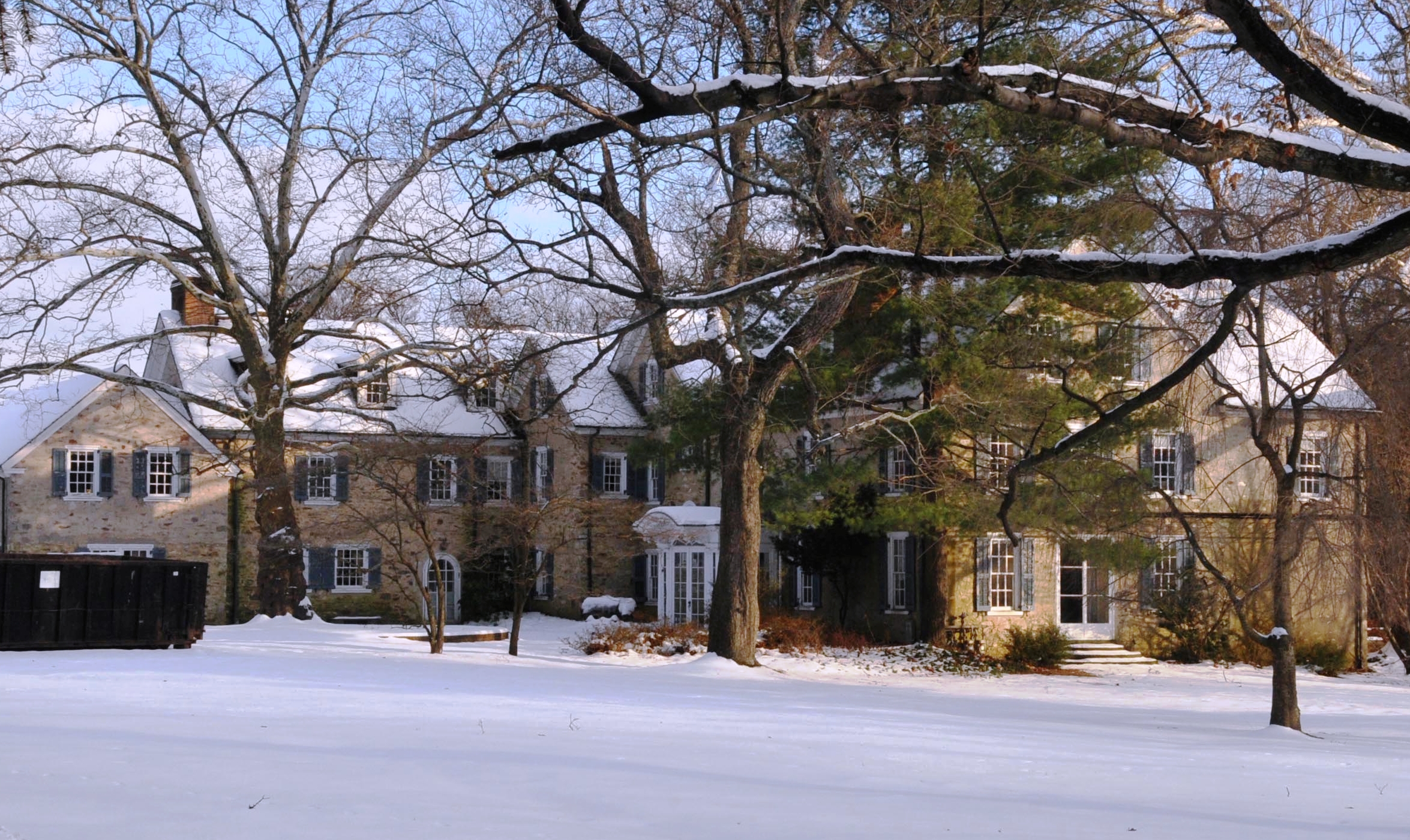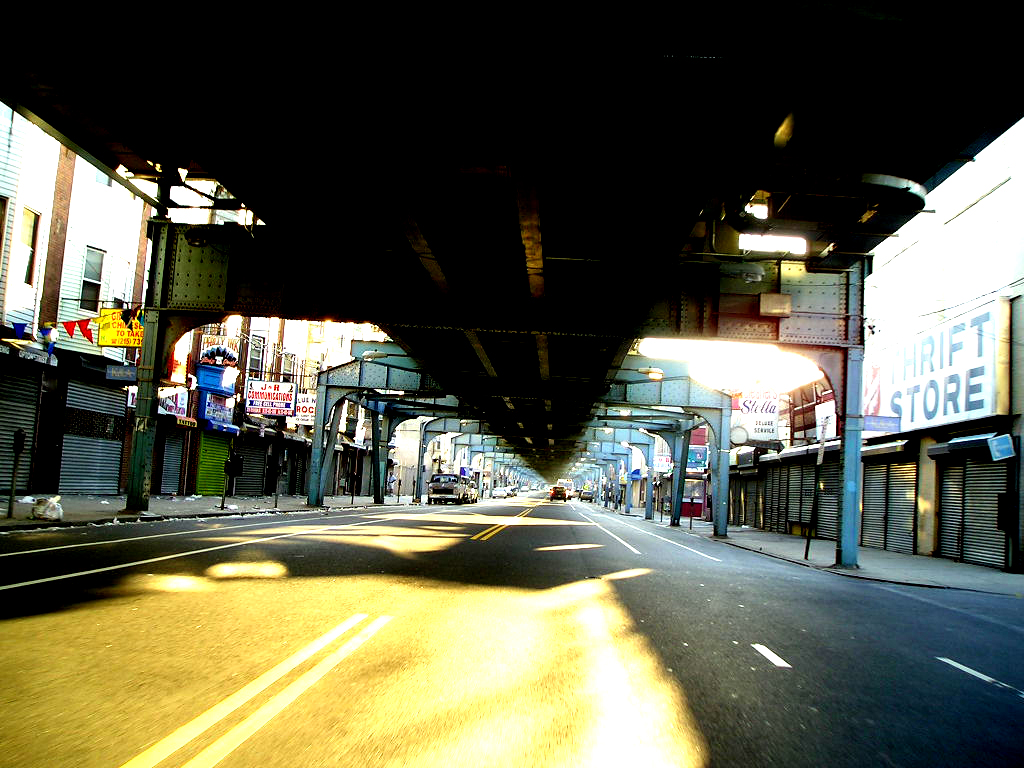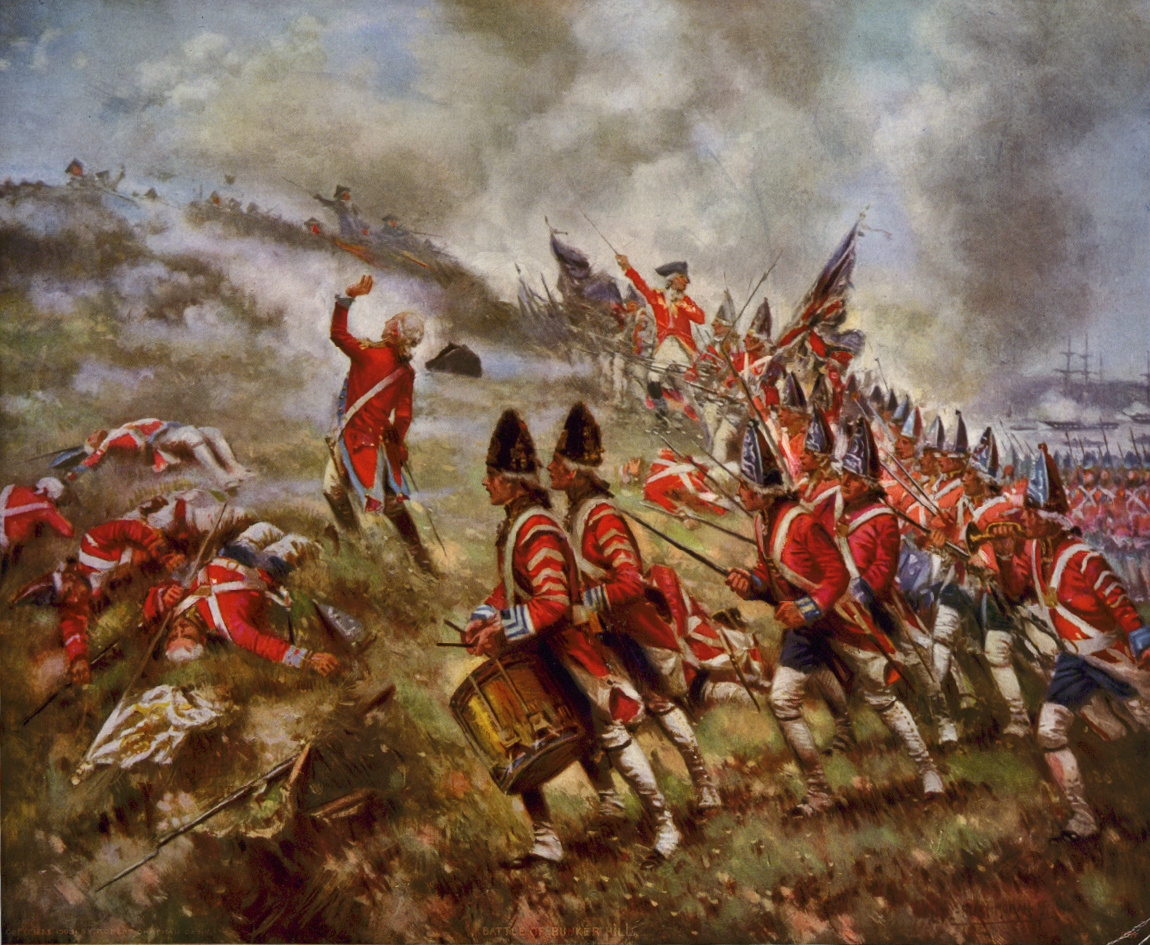|
Fort Washington, Pennsylvania
Fort Washington is a census-designated place and suburb of Philadelphia in Montgomery County, Pennsylvania, United States. The population was 5,446 at the 2010 census. History Prior to the Revolutionary War the Fort Washington area was settled by many German immigrants. One such person was Philip Engard who immigrated in 1728. Engard purchased on what was to be named Susquehanna Road and Fort Washington Avenue. By the mid-18th century the area came to be known as Engardtown, and Fort Washington Avenue was originally called Engardtown Road. The house built by Philip Engard is listed as the "Engard Family Home - 1765" in the Upper Dublin Township Open Space & Environmental Resource Protection Plan - 2005, as part of the Upper Dublin Historical Properties #25. American Revolutionary War During the Philadelphia campaign of the American Revolutionary War, George Washington and the Continental Army were encamped here after their October 4, 1777 defeat at the Battle of Germ ... [...More Info...] [...Related Items...] OR: [Wikipedia] [Google] [Baidu] |
Census-designated Place
A census-designated place (CDP) is a concentration of population defined by the United States Census Bureau for statistical purposes only. CDPs have been used in each decennial census since 1980 as the counterparts of incorporated places, such as self-governing cities, towns, and villages, for the purposes of gathering and correlating statistical data. CDPs are populated areas that generally include one officially designated but currently unincorporated community, for which the CDP is named, plus surrounding inhabited countryside of varying dimensions and, occasionally, other, smaller unincorporated communities as well. CDPs include small rural communities, edge cities, colonias located along the Mexico–United States border, and unincorporated resort and retirement communities and their environs. The boundaries of any CDP may change from decade to decade, and the Census Bureau may de-establish a CDP after a period of study, then re-establish it some decades later. Most unin ... [...More Info...] [...Related Items...] OR: [Wikipedia] [Google] [Baidu] |
Philadelphia Campaign
The Philadelphia campaign (1777–1778) was a British effort in the American Revolutionary War to gain control of Philadelphia, which was then the seat of the Second Continental Congress. British General William Howe, after failing to draw the Continental Army under General George Washington into a battle in northern New Jersey, embarked his army on transports, and landed them at the northern end of Chesapeake Bay. From there, he advanced northward toward Philadelphia. Washington prepared defenses against Howe's movements at Brandywine Creek, but was flanked and beaten back in the Battle of Brandywine on September 11, 1777. After further skirmishes and maneuvers, Howe entered and occupied Philadelphia. Washington then unsuccessfully attacked one of Howe's garrisons at Germantown before retreating to Valley Forge for the winter. Howe's campaign was controversial because, although he captured the American capital of Philadelphia, he proceeded slowly and did not aid the c ... [...More Info...] [...Related Items...] OR: [Wikipedia] [Google] [Baidu] |
Sunday School
A Sunday school is an educational institution, usually (but not always) Christian in character. Other religions including Buddhism, Islam, and Judaism have also organised Sunday schools in their temples and mosques, particularly in the West. Sunday school classes usually precede a Sunday church service and are used to provide catechesis to Christians, especially children and teenagers, and sometimes adults as well. Churches of many Christian denominations have classrooms attached to the church used for this purpose. Many Sunday school classes operate on a set curriculum, with some teaching attendees a catechism. Members often receive certificates and awards for participation, as well as attendance. Sunday school classes may provide a light breakfast. On days when Holy Communion is being celebrated, however, some Christian denominations encourage fasting before receiving the Eucharistic elements. Early history Sunday schools were first set up in the 18th century in England to pr ... [...More Info...] [...Related Items...] OR: [Wikipedia] [Google] [Baidu] |
Kensington, Philadelphia, Pennsylvania
Kensington, colloquially known locally as “Kenzo,” is a neighborhood in Philadelphia that belongs to or divides Lower Northeast and North Philadelphia. As with all neighborhoods in the city, the lack of any official designation means the boundaries of the area vary between sources over time and are disputed among locals. Kensington, as most long-term residents view it, refers generally to the area consisting of Kensington, East, or Lower Kensington, West Kensington, and Harrowgate. The adjacent Fairhill and Norris Square neighborhoods are more separate but may be included in Kensington; Fishtown and South (Olde) Kensington were previously included but have developed new identities with gentrification. The most conservative boundaries of the neighborhood, shown in the map below, are Front Street and 5th Street to the west, the Amtrak train tracks to the North, Trenton Avenue, the Trenton Avenue train tracks, and Frankford Avenue to the east, and Cecil B. Moore Avenue to t ... [...More Info...] [...Related Items...] OR: [Wikipedia] [Google] [Baidu] |
North Pennsylvania Railroad
The North Pennsylvania Railroad was a railroad company which served Philadelphia, Montgomery County, Bucks County and Northampton County in Pennsylvania. It was formed in 1852 and began operation in 1855. The Philadelphia and Reading Railway, predecessor to the Reading Company, leased the North Pennsylvania in 1879. Its tracks were transferred to Conrail and the Southeastern Pennsylvania Transportation Authority (SEPTA) in 1976. History The company incorporated on April 8, 1852, as the Philadelphia, Easton and Water Gap. Construction began on June 16, 1853; the company changed its name to the North Pennsylvania Railroad on October 3 that year. The new name reflected the grand (and unrealized) ambitions of the company to extend all the way across Pennsylvania to Waverly, New York and a junction with the Erie Railroad. The railway opened between Front and Willow Streets, Philadelphia and Gwynedd on July 2, 1855, a distance of . On October 7 the Doylestown Branch opened to Doy ... [...More Info...] [...Related Items...] OR: [Wikipedia] [Google] [Baidu] |
List Of Rail Accidents (before 1880)
17th century 1650 * 1650 – ''United Kingdom'' – Whickham, County Durham. Two boys die when they are run over by a wagon on a wooden coal train way. While such tramway accidents are not generally listed as rail accidents (note the lack of accidents listed for the next 163 years) this is sometimes cited as ''the earliest known railway accident''. 1810s 1813 * February 1813 – ''United Kingdom'' – A 13-year-old boy named Jeff Bruce is killed whilst running alongside the Middleton Railway tracks. The ''Leeds Mercury'' reports that this would ''"operate as a warning to others"''. 1815 * July 15, 1815 – ''United Kingdom'' – Thirteen or sixteen people, mainly spectators, are killed and 40 are injured by the boiler explosion of the experimental locomotive "Brunton's Mechanical Traveller" on the Newbottle Waggonway at Philadelphia, County Durham. 1818 * February 28, 1818 – ''United Kingdom'' – The driver is killed on the Middleton Railway in Hunslet, Leeds, ... [...More Info...] [...Related Items...] OR: [Wikipedia] [Google] [Baidu] |
Fort Washington State Park
Fort Washington State Park is a Pennsylvania state park in Springfield and Whitemarsh Townships, Montgomery County, Pennsylvania. The park is noted for the springtime flowering of dogwood trees, and is popular with families for picnics and hiking. It is approximately north of Philadelphia, from exit 339 of the Pennsylvania Turnpike. History Both Fort Washington State Park and the neighboring town are named for American defenses and encampment established here in 1777, during the Philadelphia campaign of the American Revolutionary War. After Washington's defeat at the Battle of Germantown, his 11,000 troops were encamped in this area from November 11, 1777 to December 11, 1777, after which time they marched to Valley Forge for winter quarters. From December 5–8, 1777, the Battle of White Marsh was fought in the immediate vicinity. The park's Fort Hill marks the spot where a temporary fort once stood. The Pennsylvania Militia under Generals Armstrong, Cadwalader and Irv ... [...More Info...] [...Related Items...] OR: [Wikipedia] [Google] [Baidu] |
William Howe, 5th Viscount Howe
William Howe, 5th Viscount Howe, KB PC (10 August 172912 July 1814) was a British Army officer who rose to become Commander-in-Chief of British land forces in the Colonies during the American War of Independence. Howe was one of three brothers who had distinguished military careers. In historiography of the American war he is usually referred to as Sir William Howe to distinguish him from his brother Richard, who was 4th Viscount Howe at that time. Having joined the army in 1746, Howe saw extensive service in the War of the Austrian Succession and Seven Years' War. He became known for his role in the capture of Quebec in 1759 when he led a British force to capture the cliffs at Anse-au-Foulon, allowing James Wolfe to land his army and engage the French in the Battle of the Plains of Abraham. Howe also participated in the campaigns to take Louisbourg, Belle Île and Havana. He was appointed Lieutenant-Governor of the Isle of Wight, a post he held until 1795. Howe was sent ... [...More Info...] [...Related Items...] OR: [Wikipedia] [Google] [Baidu] |
Quaker
Quakers are people who belong to a historically Protestant Christian set of Christian denomination, denominations known formally as the Religious Society of Friends. Members of these movements ("theFriends") are generally united by a belief in each human's ability to experience Inward light, the light within or see "that of God in every one". Some profess a priesthood of all believers inspired by the First Epistle of Peter. They include those with evangelicalism, evangelical, Holiness movement, holiness, Mainline Protestant, liberal, and Conservative Friends, traditional Quaker understandings of Christianity. There are also Nontheist Quakers, whose spiritual practice does not rely on the existence of God. To differing extents, the Friends avoid creeds and Hierarchical structure, hierarchical structures. In 2017, there were an estimated 377,557 adult Quakers, 49% of them in Africa. Some 89% of Quakers worldwide belong to ''evangelical'' and ''programmed'' branches that hold ... [...More Info...] [...Related Items...] OR: [Wikipedia] [Google] [Baidu] |
Battle Of White Marsh
The Battle of White Marsh or Battle of Edge Hill was a battle of the Philadelphia campaign of the American Revolutionary War fought December 5–8, 1777, in the area surrounding Whitemarsh Township, Pennsylvania. The battle, which took the form of a series of skirmish actions, was the last major engagement of 1777 between Kingdom of Great Britain, British and Thirteen Colonies, American forces. George Washington, Commander-in-chief#United States, commander-in-chief of the American revolutionary forces, spent the weeks after his defeat at the Battle of Germantown encamped with the Continental Army in various locations throughout Montgomery County, Pennsylvania, Montgomery County, just north of British-occupied Philadelphia. In early November, the Americans established an entrenched position approximately north of Philadelphia along the Wissahickon Creek and Sandy Run (Wissahickon Creek), Sandy Run, primarily situated on several hills between Old York Road and Bethlehem Pike. From ... [...More Info...] [...Related Items...] OR: [Wikipedia] [Google] [Baidu] |
Valley Forge
Valley Forge functioned as the third of eight winter encampments for the Continental Army's main body, commanded by General George Washington, during the American Revolutionary War. In September 1777, Congress fled Philadelphia to escape the British capture of the city. After failing to retake Philadelphia, Washington led his 12,000-man army into winter quarters at Valley Forge, located approximately 18 miles (29 km) northwest of Philadelphia. They remained there for six months, from December 19, 1777 to June 19, 1778. At Valley Forge, the Continentals struggled to manage a disastrous supply crisis while retraining and reorganizing their units. About 1,700 to 2,000 soldiers died from disease, possibly exacerbated by malnutrition. Today, Valley Forge National Historical Park protects and preserves over 3,500 acres of the original encampment site. Pre-encampment In 1777, Valley Forge consisted of a small proto-industrial community located at the juncture of the Valley Cr ... [...More Info...] [...Related Items...] OR: [Wikipedia] [Google] [Baidu] |
Battle Of Germantown
The Battle of Germantown was a major engagement in the Philadelphia campaign of the American Revolutionary War. It was fought on October 4, 1777, at Germantown, Pennsylvania, between the British Army led by Sir William Howe, and the American Continental Army under George Washington. After defeating the Continental Army at the Battle of Brandywine on September 11, and the Battle of Paoli on September 20, Howe outmaneuvered Washington, seizing Philadelphia, the capital of the United States, on September 26. Howe left a garrison of some 3,000 troops in Philadelphia, while moving the bulk of his force to Germantown, then an outlying community to the city. Learning of the division, Washington determined to engage the British. His plan called for four separate columns to converge on the British position at Germantown. The two flanking columns were composed of 3,000 militia, while the center-left, under Nathanael Greene, the center-right under John Sullivan, and the reserve under Lord ... [...More Info...] [...Related Items...] OR: [Wikipedia] [Google] [Baidu] |










